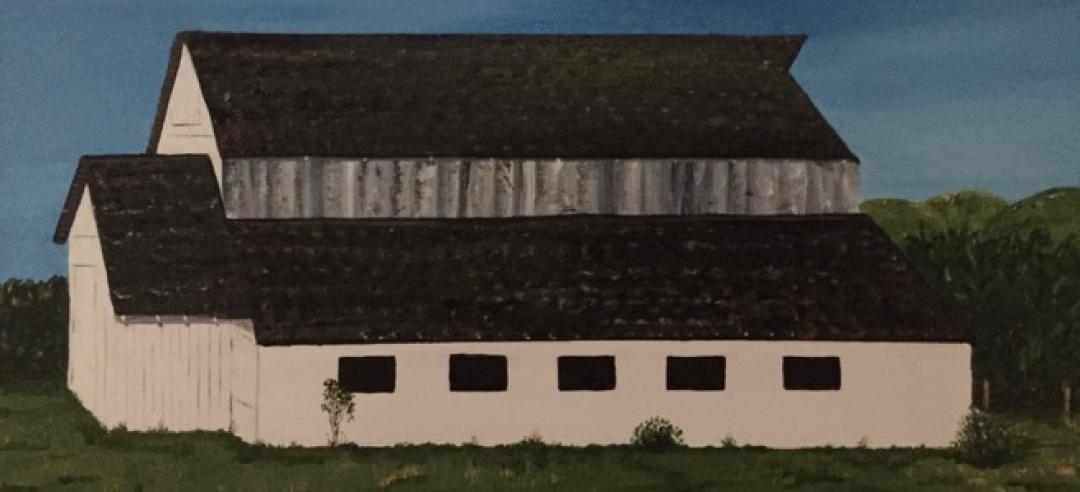
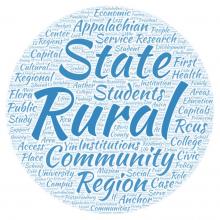
book
Recent media reporting and research suggest that regional comprehensive universities (RCUs) and other postsecondary institutions may play an integral role in the welfare of rural regions, yet empirical research on the regional service of rural postsecondary institutions is limited. The purpose of this study was to examine how a single RCU serves its rural, Appalachian region. Guided by case study methods, this study used a theoretical framework consisting of community capitals theory and the anchor institution framework. After analysis of interview, documentary, governmental, and observational data, the case study resulted in a rich description of the RCU’s regional service. Our findings demonstrate the RCU’s role as an anchor institution as it expended resources to grow, invest in, and leverage rural community capitals. The university’s most significant focus as an anchor institution was on leveraging and increasing human capital through investing in education, workforce development, and public health. These findings point to several implications and policy recommendations to better support the anchor institution role RCUs play in rural regions.
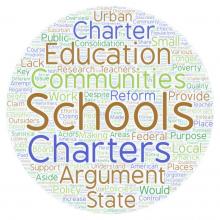
book
Book review of “McShane, M. Q., & Smarick, A. (2015). No Longer Forgotten: The triumphs and struggles of rural education in America. Lanham, MD: Rowman and Littlefield. Journal of Research in Rural Education, 35(8), 1-5. Retrieved from: https://doi.org/10.26209/jrre3508
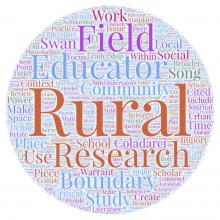
book
This theoretical essay critically examines the impact of Coladarci’s 2007 article, “Improving the Yield of Rural Education Research: An Editor’s Swan Song,” which he composed at the conclusion of his tenure as editor of the Journal of Research in Rural Education. Using boundary theory and “awayness” as a metaphor for understanding community in social science research, we use citation analysis to review the ways in which Coladarci’s work has been taken up by the field, illustrating the ways in which this piece serves to socialize new researchers to rural education research. We then take up Coladarci’s invitation to further discuss what might define a contribution to the field of rural education scholarship and propose several additional considerations, including analyses of how power manifests across space and the criticality of a topic to rural schools and communities.

book
Cross-sector, place-based, school-community partnerships seeking to improve educational and other outcomes at scale have experienced a resurgence in the United States. Rather than isolated efforts, this new generation relies on scaling up models in networks, such as Strive Together. However, many of these models evolved in urban contexts, creating challenges for scaling up in rural areas with fewer organizations, limited resources, and lower population density. Using conceptions of sensemaking as precursor for collective action, this case study examines the strategies used by partnership leaders in a rural county to make sense of Strive and the local community. By iteratively bringing together knowledge from outside and from within the community, leaders were able to shape the partnership in a way that supported action while continuing to build a shared understanding of needs on a regional level and the development of a regional identity across eight component school districts.
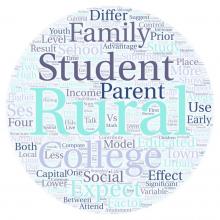
book
Using data from the 2009 High School Longitudinal Study, this article examines how family factors contribute to the rural/non-rural differences in college expectations in the early 2010s. Prior studies have found that rural students have disadvantages in family economic and cultural capital and advantages in social capital when pursuing higher education, formulating the rural disadvantage narrative and the rural advantage narrative. However, it is unclear how these rural disadvantages and advantages in family factors joined to influence student college expectations in the early 2010s. Using logistic regression models and interaction terms, this article contributes to prior studies by showing that in general, in the early 2010s, rural students were as likely as non-rural students to expect four-year college education. They were, however, less likely than suburban students to have college expectations and slightly more likely than town students to expect college, suggesting that the rural/non-rural differences in college expectations are more complex than previously thought. Rural students had similar family income levels as non-rural students, partially challenging the rural disadvantage narrative. Although rural students had advantages in social capital, the rural advantage narrative was partially challenged because the low parental educational expectations limited rural students’ college expectations.
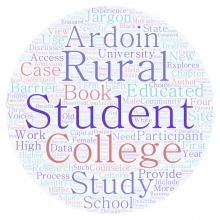
book
To what degree do rural students in the United States aspire to higher education? What barriers do rural students experience in their journey to a four-year degree? How does geography and first-generation status interact during a rural student’s college choice? Sonja Ardoin’s College Aspirations and Access in Working-Class Rural Communities provides a new and unique case study to provide some answers to these questions through the voices of high school students and their counselor at MapDot High School (pseudonym).
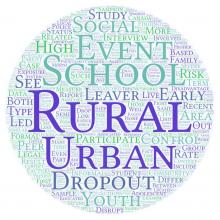
book
This study examined whether recent disruptive events would increase the likelihood of high school dropout among both rural and urban youths, and whether the types of disruptive events preceding dropout would be different in rural vs. urban environments. Based on interviews conducted with early school leavers and matched at-risk schoolmates (N = 366) in 12 disadvantaged Canadian high schools, recent disruptive events appeared to generally trigger dropout. However, the prevalence of some types of events associated with dropout varies according to the environment. In agreement with social disorganization and formal/informal social control models, crises involving child welfare services or the juvenile justice system (e.g., an arrest after a fight) represented a lower share of triggering events among rural than urban leavers (8% vs. 26%, respectively), whereas those involving peer conflicts and rejection (e.g., exclusion from one’s peer group) were over represented among rural compared to urban leavers (26% vs. 10%, respectively). These differences are thought to represent upsides and downsides associated with the relative density, stability, and overlapping nature of rural adolescents’ social networks. Practical implications are discussed, notably regarding the relevance and contextual adaptation of prevention programs as a function of place.
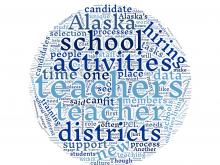
book
This article describes how superintendents approach the administrative processes of recruiting, hiring, and training new teachers to work in Alaska’s rural schools. Drawing from interviews of superintendents and administrators in 32 rural Alaska school districts, the data show not only the amount of time and responsibility that rural superintendents commit to these activities, but also how they regard community as central in guiding their execution of these tasks. Our findings underscore the integral role of rural superintendents in setting a place-conscious leadership tone for the districts they serve, as well as the risk of losing institutional memory and networks when these positions turn over.

book
This qualitative case study explores college and career aspirations of rural Black and Latinx middle school students in a community- and youth-based leadership program and how various forms of social capital help cultivate and sustain the aspirations of students. Data include student focus group interviews with a total of 14 rural Black and Latinx middle school students; interviews with three adults; and documents, including local school board minutes and local newspaper articles over a six-month period. Findings include how students’ career and college aspirations were shaped and supported by various social networks, including family members, teachers, and the community- and youth-based organization in which all student participants were members. In addition, students discussed a commitment to family and paying forward the sacrifices of family to motivate their pursuit of aspirations.
